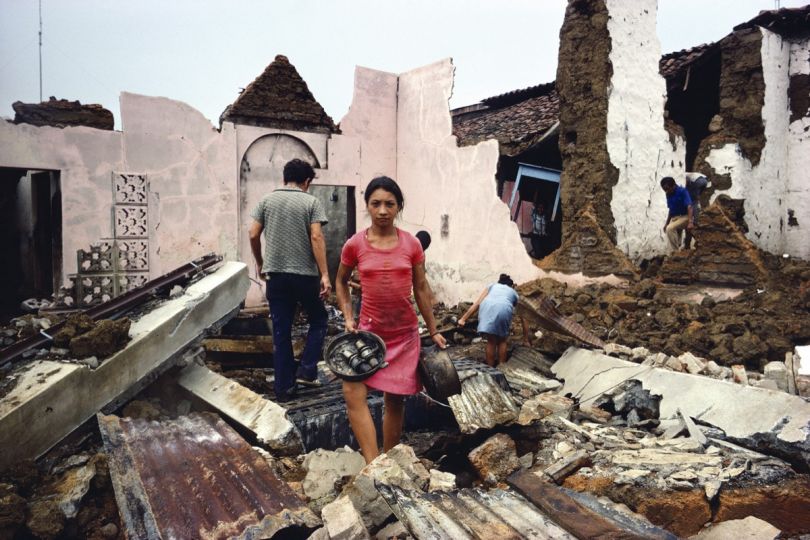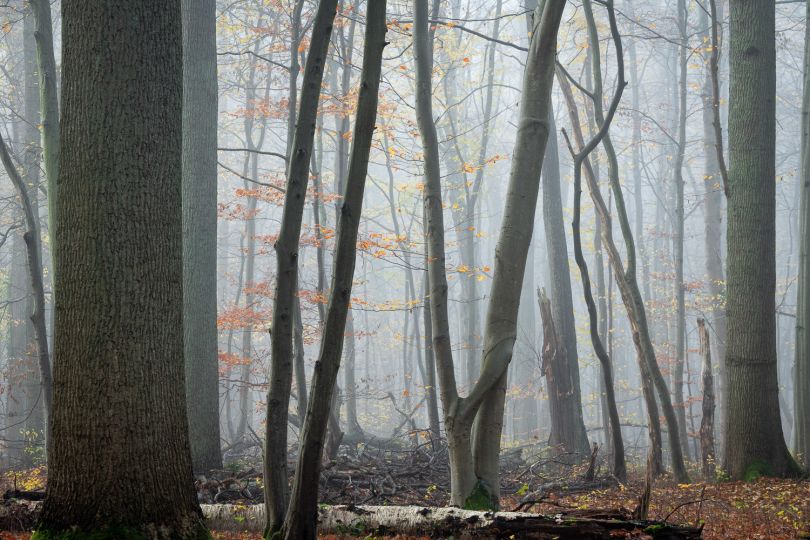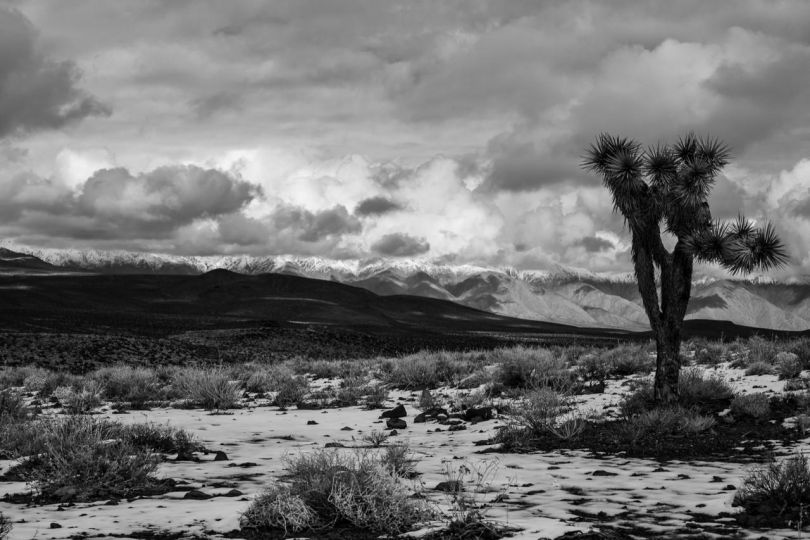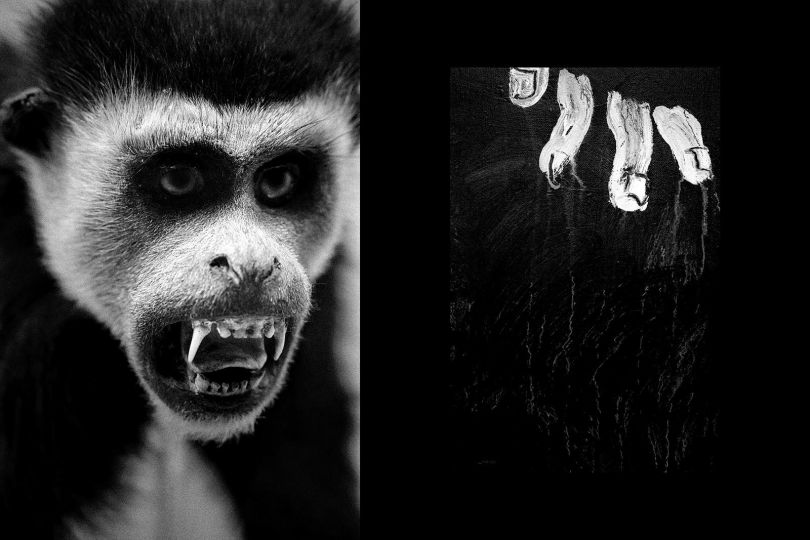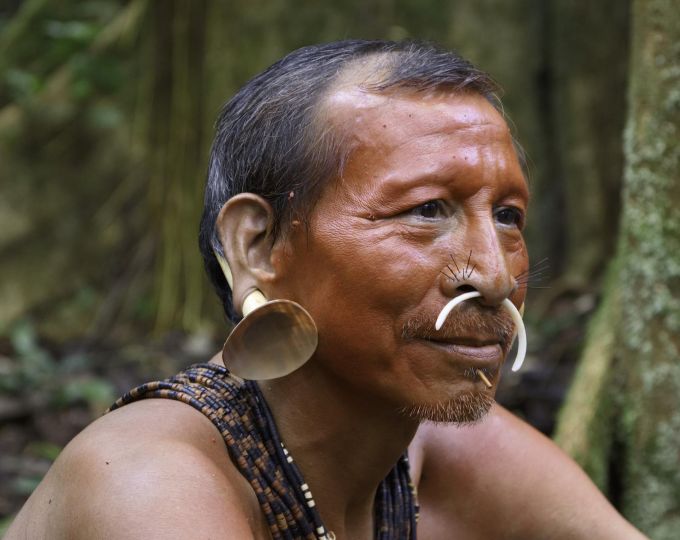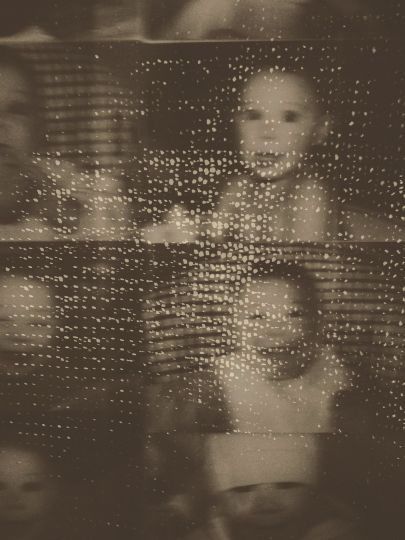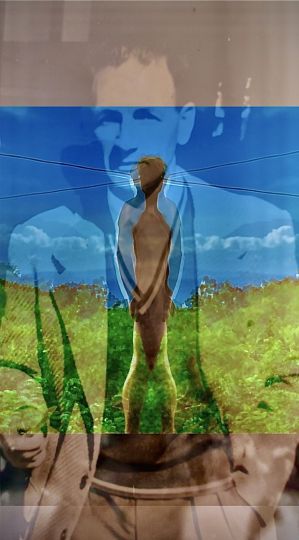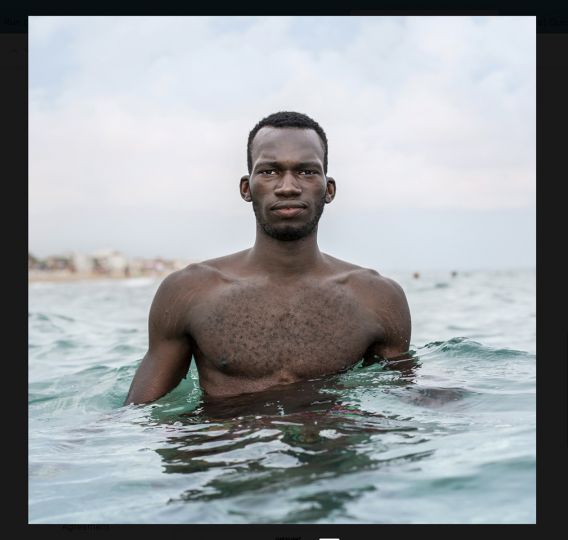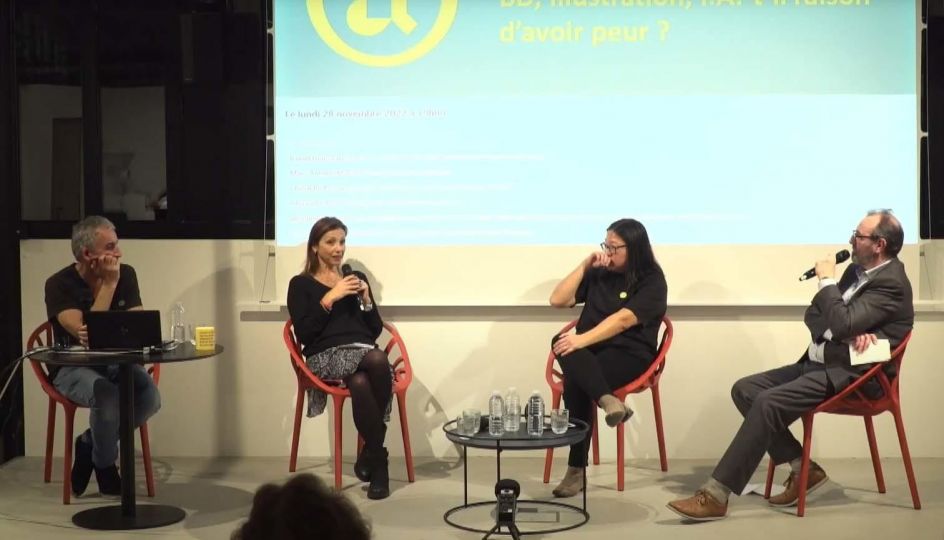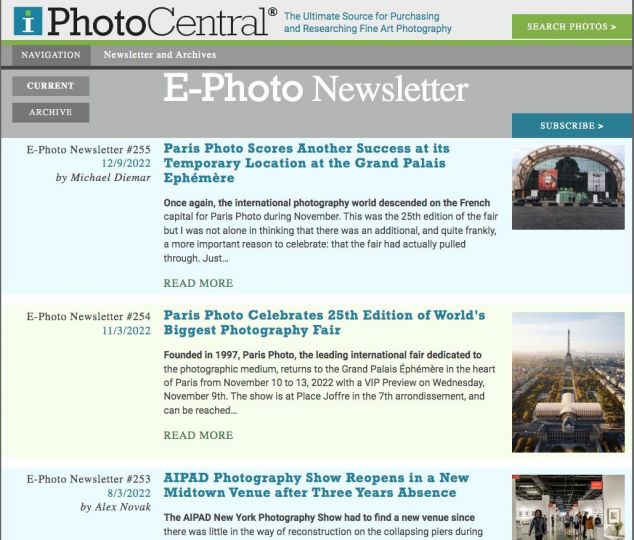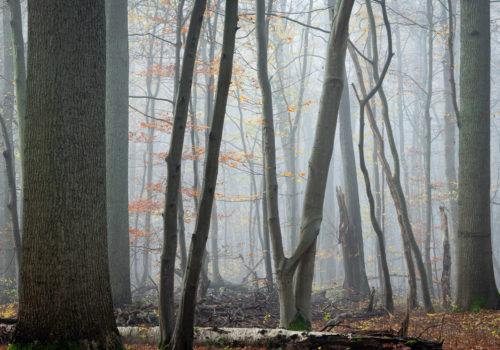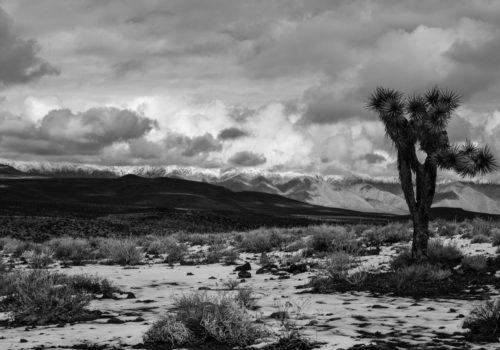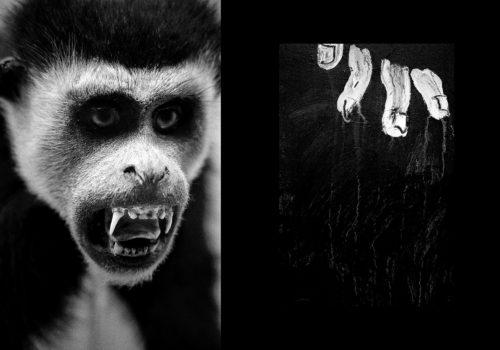On the occasion of the retrospective devoted to Susan Meiselas at the Jeu de Paume in Paris, the Eye of Photography is publishing a special edition to this brilliant documentary photographer, who for more than 40 years has pursued her engaged and militant work.
Susan Meiselas’s career is amazingly coherent. Yet, listening to her , it seems to have happened more intuitively than according to a meticulous plan. And this, since her early work, Carnival Strippers (1971-78), that came out of working with her longtime companion, filmmaker Dick Rogers, with whom she travelled in the summer around state fairs and small circuses. It’s only when she saw these women standing on what seemed like an auction block, undressing in front of a captive crowd, that it triggered her interest – a long one, as those that would follow. “It was its own kind of little world that I wandered into and couldn’t get away from for more than four years”, she said in an interview with British journalist Russell Miller in the 1990’s.
It is after this project, that defied the pressure and visual codes of traditional photojournalism that she entered the famous Magnum Photo agency. And this, by another coincidence. Shaping the Carnival Strippers work in a compelling narrative including audio, text and photographs, she became convinced that she could be a catalyst as a photographer to bring out stories.
She quit her teaching job and started to look for work as a photographer in New York. At one of her first jobs – an assignment for Harpers at the 1976’s Democratic Convention in Madison Square Garden, she met Magnum photographer Gilles Peress who, half-amused half-impressed by her determination, invited her to drop her portfolio at the Magnum’s office, then on 46th Street, in New York. “Literally the next day I came back, packaged up my little box of pictures, rode my bicycle up to 46th street and dropped it off. I rode home and I remember I had just about gotten in – it was 46 blocks away, so it’s 2 1/2 miles -, the phone rung , its was Burk Uzzle [i.e. then a member of Magnum Photos] saying, ‘Come back up here, we want to talk to you’. So, it was a very special kind of entry in the sense that I didn’t know the world I was entering.”
Yet, Magnum is probably the reason why she packed her stuff and booked a flight after reading about an upheaval in Nicaragua in January 1978. This was the beginning of a long commitment to the country – one that continues today as she just got back from there -, which resulted in a large body of work with pictures that became icons. It was also the beginning of a time when she started to adopt a journalistic approach – on a weekly assignment for Time, she understood that deadlines are deadlines, and when films had to be sent out.
Nonetheless, she remained critical and chose commitment over the urgency of most of her colleagues. “I remember somebody in Magnum telling me that I didn’t need to go back, that they had pictures from the September insurrection that were circulating. But I am connected to history in the sense that something is wrong and I want to see it – I want to know what is going to happen, and how it is going to play out”, she says. “It is the sort of beginning of a different period of maybe trying to live within an experiment to take me away from the people I was close to and becoming part of a family of people who knows a different world than the rest of us.”
She also picked instinct over certainty, as she crossed the border from Honduras to reach a guerilla training camp in the mountains; she ended up being arrested and held hostage by a general who suspected her to have information about the guerilla; and drove restlessly nights and days from a place to another despite the lack of gas and the logistical nightmare, always wanting to be closer. If some of her photographs are startling, she explains, it’s because they haven’t been shot with a tele-lens as many of her colleague’s. She found herself in situations where the level of tension was extreme, but, she recalls, it was not clear to any journalist yet that they could be hit.
This came shortly after, in El Salvador, where a coup erupted in 1979. With no hesitation, she went there to document the situation and did so on and off until 1983. “It was about four years in Salvador of really intense work which was a really different dynamic. It was much more frightening and brutal and painful really for me, personally. There was lot of friends and death was closer”, she recounts. And this shows in her photographs. First, she returned to black and white, as if to translate the darkness of the situation. Her photographs seem to claim their status of evidences, in the forms of mutilated corpses, mass graves and other horrific scenes. Then came Argentina, in 1981. Her dedication to Latin America lasted until her coincidental offer to go to Kurdistan in 1991.
As she writes in a recent retrospective book co-published by Xavier Barral and Aperture, she had no idea then of what she was stepping into but retrospectively knows that she could not have done what she achieved in Kurdistan – starting with the illegal crossing of a border – if it were not for her experience in Latin America. She had a sense of whom she could trust, a steady conviction, and a burning desire, if not an impulse, to document past history, to dig for proofs of the genocide that had happened in Iraq.
We are in the early 1990’s, the photography landscape is starting to change, with the new impact of technology transforming everything, and she made use of it to unravel Kurdistan’s dark history and bringing to light. In her interview with Russell Miller, she laughed, “the structure I invented for ‘Kurdistan’, some people called it post-modernist narrative”. And indeed, the result, still ongoing, is an online archive including both Meiselas’s photographs and Kurdish people’s stories and family albums. As Ariella Azoulay writes in the catalogue accompanying Meiselas’s show at the Jeu de Paume, “ the series Kurdistan shows the refusal to see the Kurds as a vanishing people, inhabiting a space of desolation”. This is quite representative of her career, as she against all odds and obstacles always had her ways to go beyond the bounds.
Since then, she has kept her prolific rhythm, while revolving around themes and places that are dear to her. She returned to Nicaragua in 2004 to meet with the people she had photographed during the revolution; continued to enrich the archive from Kurdistan and given workshop with the Kurdish community all around the world; documented in 1995 a S/M club that echoed her Carnival Strippers work. She also opened another important chapter about domestic violence, which she started in 1992 and re-explored in 2015. And when she is not traveling, she puts her effort into supporting the production of new forms of story-telling via the Magnum Foundation, which she has been directing since its creation in 2008.
Laurence Cornet
Laurence Cornet is a journalist specializing in photography and an independent curator. She lives in New York and Paris.
Susan Meiselas, Médiations
February 6th – May 20th, 2018
Jeu de Paume
1 place de la Concorde
75008 Paris
France

